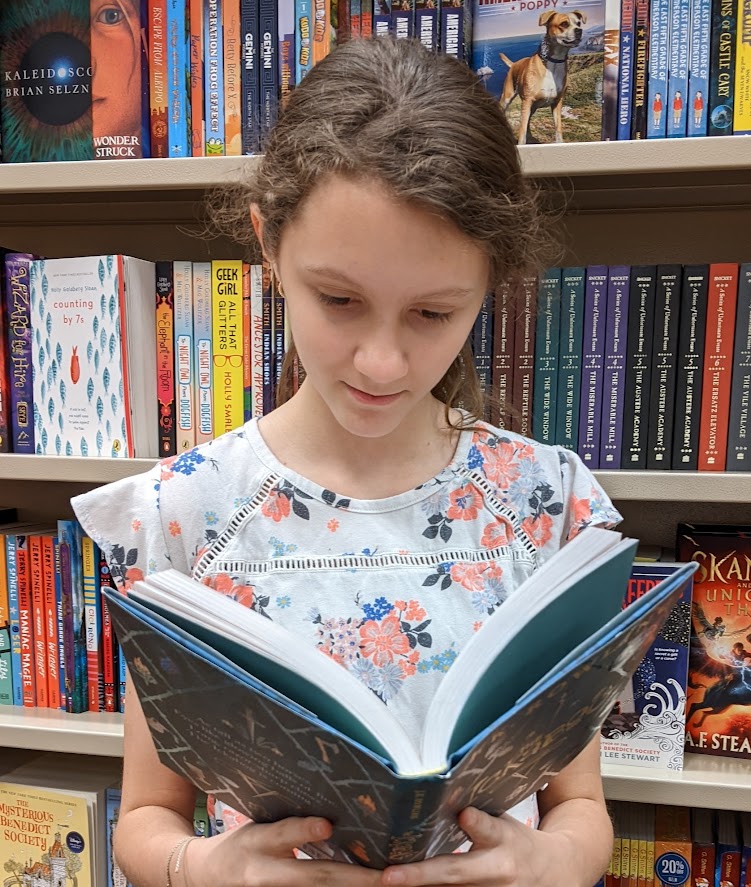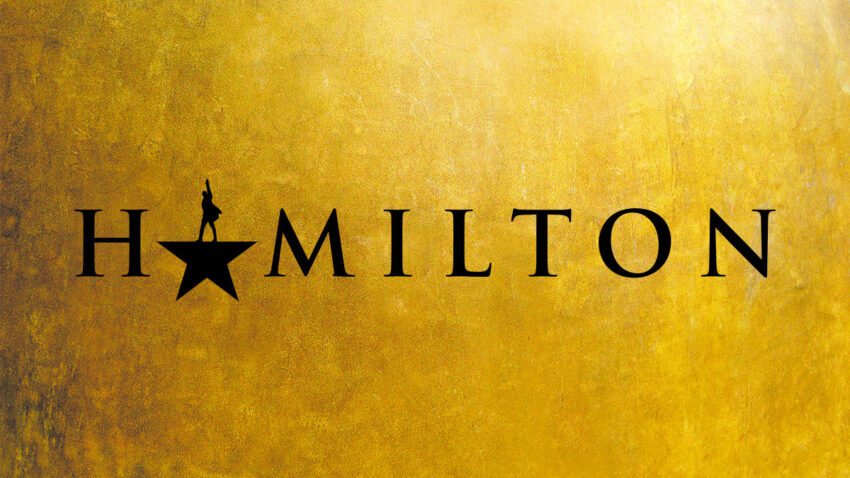Drastically changed relationships, similar to the enemies-to-lovers troupe, are extremely difficult to keep smooth. As we talked about in my Cruel Prince article human relationships are complicated and hard to get right. One of the most complex relationships, and the one we’ll be discussing today, are friends-to enemies bond.
In one scene, your characters could be best friends and the next…either for the sake of the plot or for another petty, nonsensical reason, the two characters are mortal enemies. Oftentimes this transition seems to come out of the blue, which can take the reader out of the story and make your characters seem terribly unrealistic. I believe the answer lies in the musical Hamilton, and specifically with the protagonist’s deadly relationship with Aaron Burr. Today, I’ll be showing you what I like to call the besties-to-enemies method through one of my favorite (previously mentioned above) musicals.
Hamilton
In Lin Manuel-Miranda’s musical masterpiece Hamilton, the friends-to-enemies dynamic is almost effortlessly displayed. Alexander Hamilton and Aaron Burr start out as mutual acquaintances and slowly work their way to good friends who fight side by side in the Revolutionary War. Yet, by the end of the musical, the two hate each other enough to engage in the duel which results in Hamilton’s death. Though these two character moments are complete opposites, the writer worked their relationship so flawlessly that I didn’t notice how big of a gap it was until I took a step back and viewed the whole plot line. Today, I’ll be tracking the decline of Hamilton and Burr’s relationship and to demonstrate how to make the friends-to-enemies dynamic just as well as Mr. Miranda did.
Discontentedness
The show starts with Hamilton and Burr meeting for the first time, and right off the bat, Burr is inexplicably snarky and stand-offish. Hamilton is so young and naive that he takes Burr’s advice as friendly, completely missing his sarcasm. Hamilton includes Burr in his group of friends, and though Burr never seems to stand up for what he believes in, Hamilton still sees their relationship as important. This is why Hamilton later refers to Burr as ‘his first friend’.
Just like these two friends, a good way to keep your declining relationship smooth is to have one friend jealous or annoyed toward the other underneath their seemingly unreserved friendship. If there is some measure of discontentedness that starts to form at the very beginning, whether it be coming from one or both sides, it will provide a realistic build-up for future hate and distrust.
(Note: Discontentedness doesn’t have to start when two characters first meet. They could be friends for as long as you want before adding this element to start the besties-to-enemies process.)
Growing Hatred
After their first meeting, the Burr’s disapproval toward Hamilton begins to grow. It bothers him that Hamilton’s ambitious method of doing things is succeeding, while Burr’s patient ‘wait for it’ way of life is getting him nowhere. Instead of seeing that his method is the problem, Burr blames Hamilton for his failures. Your character(s) should have this component too. There may be an exact moment when their hatred is made known, but that moment shouldn’t be when the hatred forms. When friends are straightforward about their disagreements and open with their differences, it is difficult to turn them into enemies. Instead, they usually either drift apart or grow closer because of the differences, neither of which makes a very dramatic conflict. There has to be something bubbling inside of at least one of the friends before it finally gets too hot to be kept in. This leads to…
The Outburst
Burr can’t take it anymore. In the song: The Room Where It Happens, Burr has a revelation. It’s a negative epiphany. He realizes that he has to stop waiting and finally take his shot at being in power. Burr steals the senate seat away from Hamilton’s father-in-law. This not only gives Burr a position of power but also happens to hurt Hamilton at the same time.
Hamilton also has a realization, in the very next song. Burr isn’t, possibly never was, his friend. Burr’s outburst showed his true heart and simultaneously declared their friendship over. Hurt and confused, Hamilton is spurred into hatred for Burr as well.
For your characters, the outburst is the turning point from friends to enemies. They may not fully hate each other yet, but it is clear they are well on their way to mutual despise. Outbursts can come in many different forms too. They can explode through actions, a hurtful statement, or even an all-out fist fight. However your character expresses it, they will eventually end their friendship because of the growing hatred that was developing behind the scenes.
Further Steps (The Shift Into Enemies)
During the rest of the play, Hamilton realizes how much he’s disagreed with Burr and hatred bubbles from both sides. Their bond would most likely have stayed dormant like this for the rest of the play…if Burr hadn’t decided to push Hamilton’s limits and shift their relationship down into true enemies.
Burr runs for president against Jefferson in the election of 1800. He suddenly realizes that since Hamilton is in a position of power, his support could make or break Burr’s future presidency. Burr tries to act like he didn’t betray his friend earlier and (since Hamilton hates Jefferson) assumes that Hamilton will promote him and help him become president.
However, Burr has no idea how much Hamilton truly hates him now. Hamilton chooses Jefferson over Burr, exacting his revenge, and declaring that he was never friends with Burr to begin with.
This is the part where your characters become true enemies. Having them realize how much they hate each other and even take further steps to injure the other is essential to opening the door to the:
Final Demise (True Enemies)
As tension builds, Hamilton and Burr send letters back and forth to each other in a battle of wits (‘Your Obedient Servant’). Both throw insults and sarcasm around as if they were never comrades at all, and eventually, the hate overflows. Hamilton refuses to go back on his words and agrees that Burr’s “grievance is legitimate” which results in Burr challenging Hamilton to a duel.
As you probably know from your history classes, Burr murders Hamilton in that duel. Your characters don’t have to become murderous in order to arrive at this enemy state, though. They can have a final screaming match, or maybe they swear revenge on each other. However you show it, your two characters have finally reached the true enemy point.
Congratulations! Your characters are now mortal enemies! Hopefully, this method has helped you to make the decline smooth and easy. Now take these steps and get creative with it! Create a dark outburst of your own, or make one of the character’s discontentedness come much later in the story. However you mix it up, make sure the transition from besties to enemies is realistic, significant and overall so smooth the readers won’t even bat an eyelash as the relationship declines.



What are some of your favorite bestie-to-enemy relationships? Were they smooth? Did they do something different than Hamilton? How was this article? Too sweet? Too sour? Just right?


Hello, I’m Sophia! I’m a child of God and I (if you couldn’t tell already) love to write! I’m also a total theater kid and strong dessert (specifically cupcake) enthusiast. For as long as I can remember, I’ve enjoyed both reading and making my own stories. I’m so glad I get to share with you what I’ve learned from some of my favorite (or sometimes least favorite) stories on this blog.


i love this
I’m writing a story with not one, but TWO friends to enemies arcs. This was incredibly helpful.